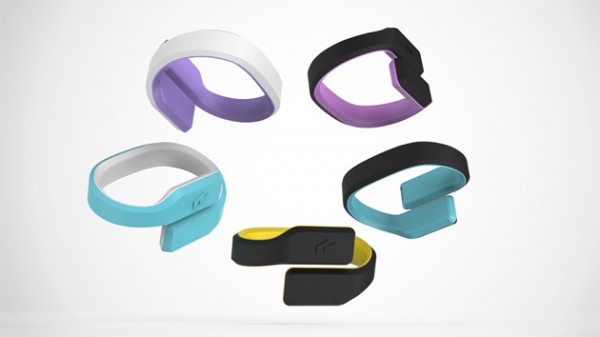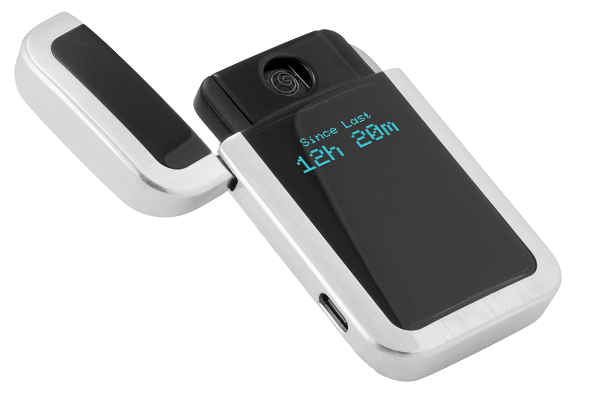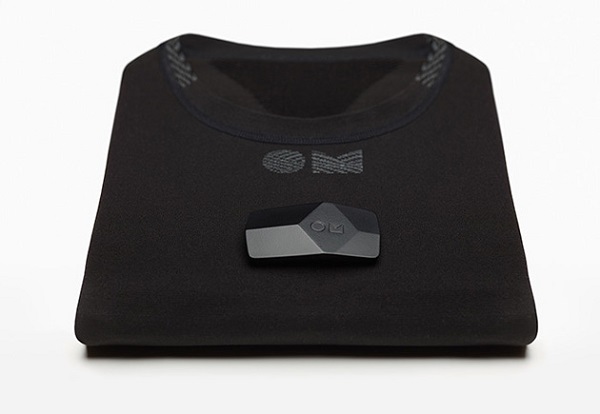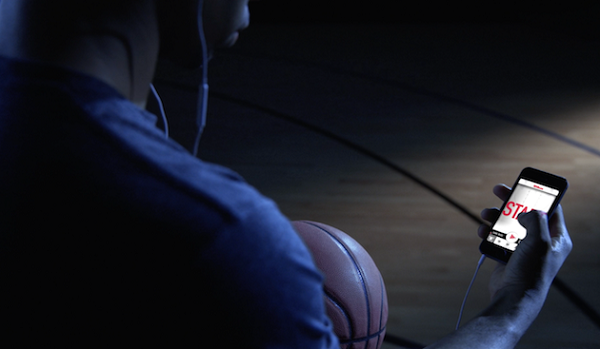
Activity trackers and calorie counters are taken for granted by most people, and few are the ones who actually care about the accuracy of such devices, the gimmicky factor being the one that matters to most.
Health and fitness gadgets have the role of helping us keep track of many parameters characterizing our bodies. The whole concept of the Quantified Self is based on how accurately the devices are able to monitor various bodily functions, so any manufacturer of wearables should back their gadgets with some relevant research in order to inspire trust. That doesn’t seem to be the case with Healbe Gobe, a “fully automated body manager” that relies on three sensors to monitor our body and daily (or nightly) activities.
The pulse sensor and the accelerometer are two sensors that have made their way into a lot of modern wearables, and while these do add some functionality, the innovation comes from the use of an impedance level that tracks fluid levels in the tissues. Besides calorie intake and calories burned, the Healbe GoBe can measure heart rate, stress level, hydration levels and sleep status. To be taken into consideration, a gadget with so many functions would need some proper certifications or reviews to back it.
Currently featured at CES in Las Vegas, Healbe GoBe hasn’t really been certified in terms of sensor accuracy by a high authority. When asked whether the results have been published in any peer-reviewed journals, George Mikaberidze, Healbe’s managing director, pointed out that the Memorial Sloan-Kettering in New York and the Saint Petersburg State Institute of Health’s Medical and Sports Clinic have tested the gadget, and that further details are available on the company’s website. As a matter of fact, there’s no mention of the Memorial Sloan-Kettering on healbe.com, fact that makes you wonder how far this company would go to sell its product.
Healbe Gobe was featured on Indiegogo between March 5 and April 15, 2014, where it raised more than ten times the $100,000 funding goal, suggesting that some people truly believed in its potential. Even though backers were supposed to get the gadgets they had pledged their hard-earned money for in June of last year, the manufacturer now claims that the body manager will be delivered at the end of this month. The ones who missed the crowdfunding campaign can get it on Healbe’s website for $299.
I guess this stands to show that anyone can get to CES nowadays, regardless if their product is accurate or simply based on bad science.
Be social! Follow Walyou on Facebook and Twitter, and read more related stories about the Anonabox privacy router’s awry crowdfunding campaign, or the Jawbone UP3 fitness tracker and its many sensors.







